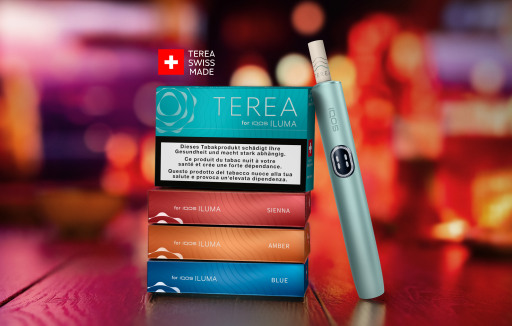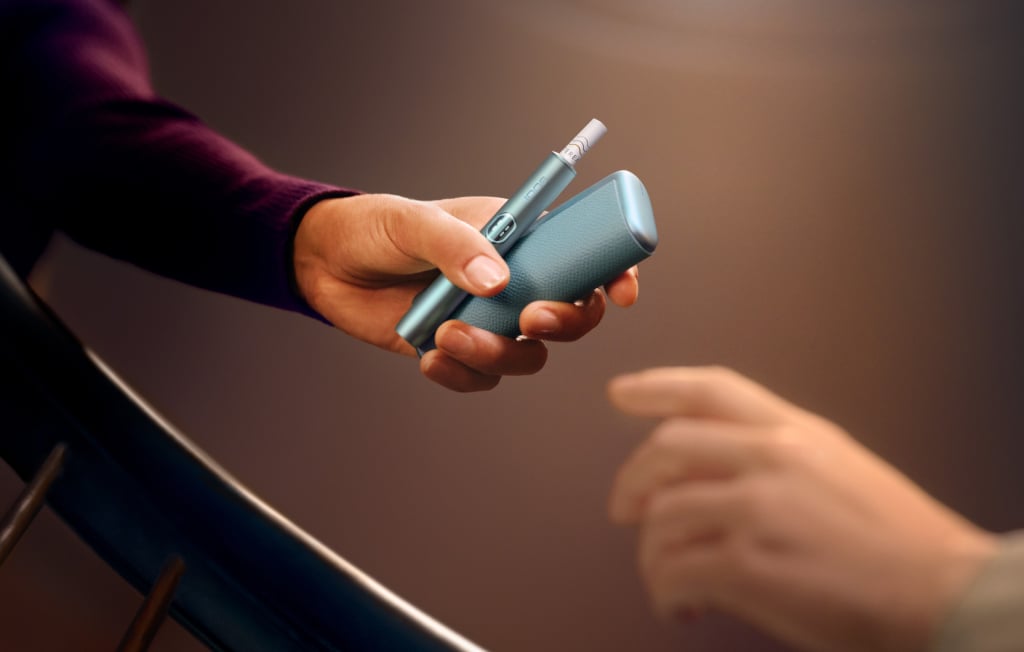- Shop
-
Discover IQOS
Our circularity efforts
IQOS Refreshed, Take back program & more
-
Services & Privileges
- Try
- Important Information
-
Club
My overview
Check your points & upgrade your membership status
Recommend IQOSShare your IQOS experience
ExchangeUpgrade your IQOS device to the latest version
Automatic deliveryTobacco sticks automatically delivered
-
Get support
-
Explore products and buy

New to IQOS? Unlock your IQOS Starter Kit.
Discover our Starter Kits

Club member? Benefit from the best prices on your TEREA!
Shop the largest range of TEREA here.
For IQOS ILUMA Series

Colour your way. Now, a new way. Curious?
Shop IQOS ILUMA accessories

New IQOS ILUMA i
Own your moment. One touch ahead. Curious?
All you need to know
What is IQOS?
Key reasons to switch to IQOS
Real tobacco, real progress
The science behind IQOS
IQOS Refreshed, Take back program & more

New to IQOS? Try IQOS for 14 days.
Try it now
Care and privileges
Care and privileges
No obligation to buy
Your tobacco sticks automatically delivered
All-round support for your IQOS device
Dedicated programs, rewards and benefits
Collect points & upgrade your membership status
The app to personalise your IQOS experience

Recommend IQOS
Recommend now
Free of charge, no obligation
Discover IQOS Club
Check your points & upgrade your membership status
Share your IQOS experience
Upgrade your IQOS device to the latest version
Tobacco sticks automatically delivered

IQOS Curious X
When curiosity leads to unexpected pleasure.
Online troubleshooting tools for you to fast-track fixing your device.
Find the answer in our FAQs.
All-round support for your IQOS device.
All on warranty and benefits for your device.

Jan 30, 2024
A guide to tar in cigarettes and heated tobacco
What is tar?
Tar is a designation that was originally given to the smoke collected from a burning cigarette and from which the water and nicotine have been removed. In other words, it is the total weight of solid and liquid residue in cigarette smoke after the weight of nicotine and water has been subtracted. Some of the chemicals present in cigarette smoke, and therefore in cigarette tar, can lead to smoking-related diseases.
Do low-tar cigarettes exist?
Low-tar cigarettes do exist. However, there is a public health and scientific consensus that tar is not an accurate indicator of risk or harm, and that reporting of tar measurements on cigarette packs is misleading to consumers. In addition, low-tar cigarettes still rely on combustion. Burning is arguably the most problematic factor in smoking because many of a cigarette’s most harmful chemicals are produced during this process.
Do IQOS heated tobacco devices produce tar?
IQOS tobacco heating devices are alternatives to smoking that are uniquely designed to provide a satisfying sensorial and taste experience. Tar is the residue from smoke after a cigarette is burned. IQOS heats tobacco instead of burning it. It generates a tobacco vapor that is fundamentally different from cigarette smoke with significantly reduced content of harmful chemicals.* IQOS provides cigarette-like satisfaction.** The best decision any smoker can make is to quit tobacco and nicotine use altogether.
Important information: The absence of tar does not mean that IQOS is risk-free.
* Average reductions in levels of a range of harmful chemicals (excluding nicotine) compared to cigarette smoke.
** Three-month clinical studies conducted in the US and Japan with 160 adult smokers under real conditions (ambulatory).
When it comes to the latest in heated tobacco innovation, IQOS ILUMA could be an example. This tobacco heating device uses a SMARTCORE INDUCTION SYSTEM™ to heat – not burn – tobacco.
IQOS products are not alternatives to quitting and are not designed as cessation aids.
This article is for general information and educational purposes. Some of the information in this article is based on external, third-party sources. We make no representations or warranties of any kind regarding the accuracy, validity or completeness of such information.






